Is this a 'purple' light hoax?
beholder
17 years ago
Related Stories
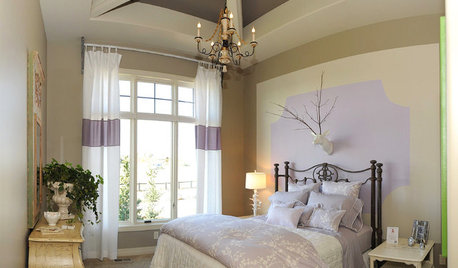
COLORDreaming in Color: 8 Enchanting Purple Bedrooms
Lie down with lavender or wake up to vivid violet for a bedroom that both calms and energizes
Full Story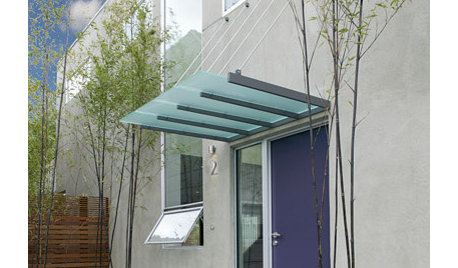
COLORFront and Center Color: When to Paint Your Door Purple
From grapelicious to lavender, a front door cloaked in the color of royalty might just reign supreme in the neighborhood
Full Story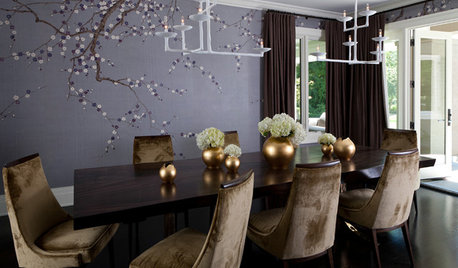
DECORATING GUIDESColor Feast: When to Use Purple in the Dining Room
Decadent and different, purples from lavender to plum can make a dining area a treat for the eyes
Full Story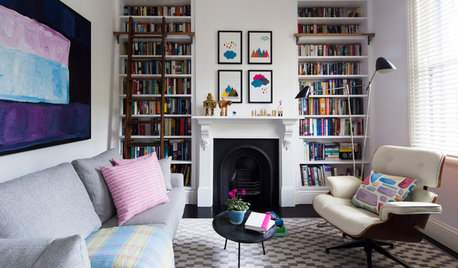
COLOR21 Reasons to Decorate With Purple
Whatever shade you choose — lilac, plum, mauve or aubergine — purple makes a statement
Full Story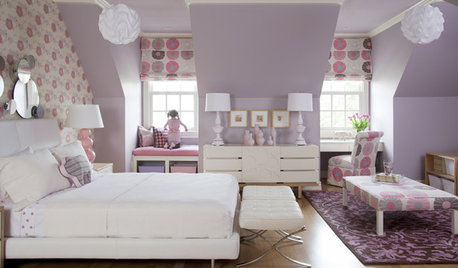
COLOR8 Pink and Purple Rooms Sans Sugar Shock
Little-girl dreams find grown-up expression in rooms that work pink and purple into chic and sophisticated palettes
Full Story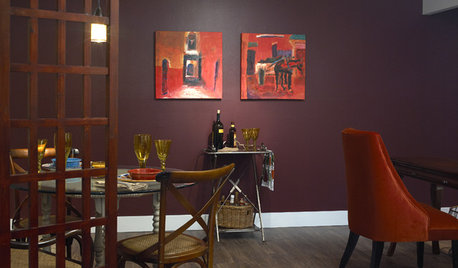
PURPLEEggplant Purple Makes Rooms Rich
Eggplant purple on walls or furniture offers a rewarding payoff: confident, luxurious rooms in homes from traditional to modern
Full Story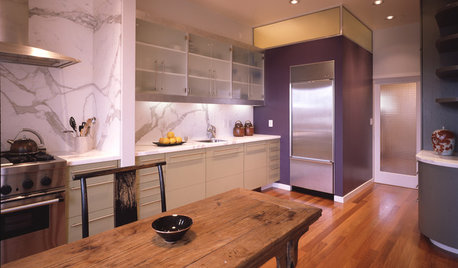
PURPLEYour Colors: 3 Ways to Work With Purple
Scared of purple? Think of it as plum, amethyst or eggplant, and use with the right companion colors
Full Story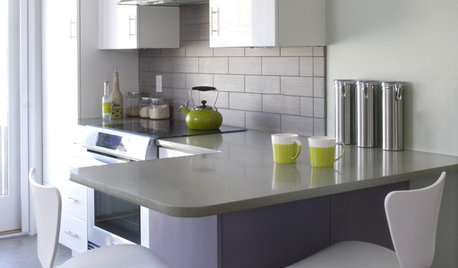
KITCHEN DESIGN2012 Color Trends: Natural Purples for Kitchen and Bath
Hot now: Purples swiped from dusky sunsets and wildflowers
Full Story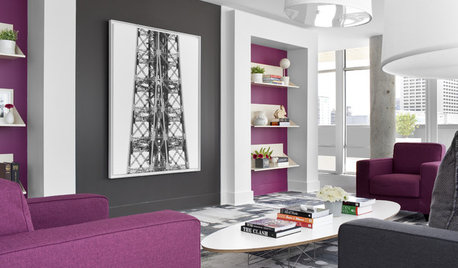
MORE ROOMSDeep Purple Dreams for Rooms
Plum-hued walls, furniture, bedding and even a ceiling show that purple colors can work in any room
Full Story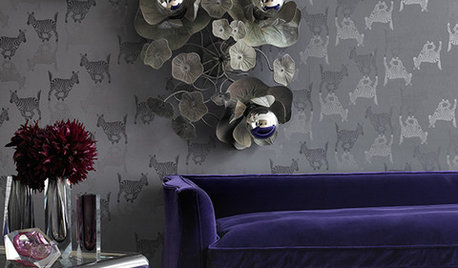
PURPLEYour Colors: Reconsider Princely Purple
Look at Purple With Fresh Eyes and Add it to Unexpected Palettes
Full StoryMore Discussions






beholderOriginal Author
habman
Related Professionals
Woodinville Landscape Architects & Landscape Designers · Alexandria Landscape Contractors · Chattanooga Landscape Contractors · Cicero Landscape Contractors · Clayton Landscape Contractors · Dinuba Landscape Contractors · Hicksville Landscape Contractors · Las Vegas Landscape Contractors · Middleton Landscape Contractors · Paterson Landscape Contractors · Shaker Heights Landscape Contractors · South Portland Landscape Contractors · Yukon Landscape Contractors · Maplewood Landscape Contractors · Goleta Fence Contractorsshrubs_n_bulbs
habman
shrubs_n_bulbs
beholderOriginal Author
shrubs_n_bulbs
beholderOriginal Author
lumyshroom
timmyboynashly
shrubs_n_bulbs
ledaero
ledaero
maineman
shrubs_n_bulbs
maineman
shrubs_n_bulbs
ledaero
maineman
ledaero
shrubs_n_bulbs
maineman
dcarch7 d c f l a s h 7 @ y a h o o . c o m
dcarch7 d c f l a s h 7 @ y a h o o . c o m
maineman
ledaero
maineman
ledaero
dcarch7 d c f l a s h 7 @ y a h o o . c o m
ledaero
maineman
maineman
maineman
dcarch7 d c f l a s h 7 @ y a h o o . c o m
maineman
dcarch7 d c f l a s h 7 @ y a h o o . c o m
maineman
ledaero
dcarch7 d c f l a s h 7 @ y a h o o . c o m
jkirk3279
maineman
jkirk3279
maineman
jkirk3279
jkirk3279
maineman
maineman
happyday